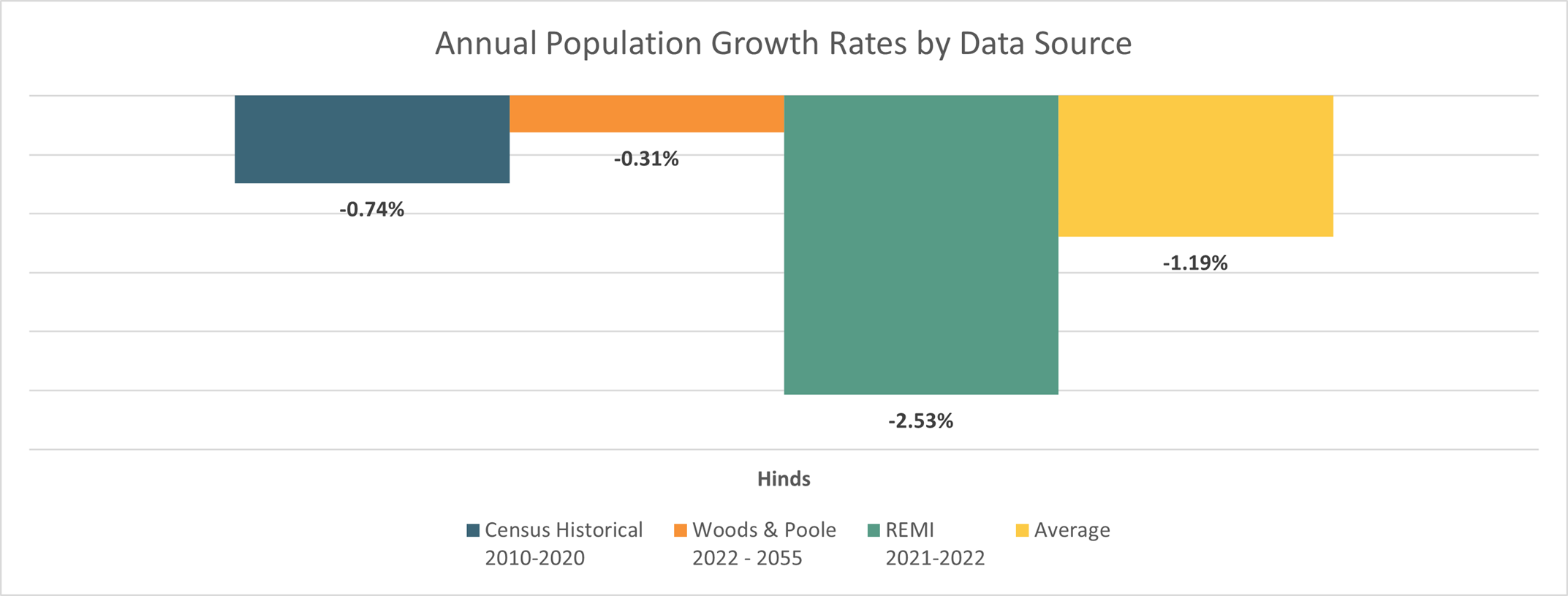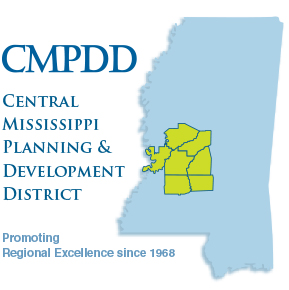
To project future conditions on the roadway system throughout the Metropolitan Planning Organization’s (MPO’s) planning area, CMPDD uses a computer-modeling tool known as a Travel Demand Model. The Model covers portions of Hinds, Madison, and Rankin Counties and is a forecasting tool used to predict changes in travel patterns and the utilization of the transportation system in response to changes in development patterns, demographics, and transportation supply. The model estimates trips by calculating the number and types of trips traveling between Transportation Analysis Zones (TAZs) across the transportation network. The model can be used to forecast future travel patterns and demands due to changes in:
- The Transportation System such as adding new roads, wider roads with added capacity, or closed roads.
- Land Use Changes such as added residential development, a new industrial site, etc.
- Demographic changes such as more or less people in a specific area.
The Travel Demand Model can test the impacts of critical “what if” questions about proposed plans and policies. Model output can provide users with a variety of information on travel behavior and travel demand for a specified future time frame, such as forecast of volumes for roadways or the effects of a proposed development or zoning change on the
transportation system.
CMPDD in partnership with the MS Department of Transportation and a consultant team began updating the current 2045 Travel Demand Model in 2023 to the 2050 Model. In January, control totals for projected population and employment totals for the year 2050 were finalized and CMPDD staff have been working to build-out the projected growth for each Traffic Analysis Zone to the new horizon year of 2050. Control totals for population and employment were developed analyzing a variety of data sources and included using a weighted factor to account for stakeholder feedback received through a survey CMPDD conducted.
Data is the driving force behind the Travel Demand Model and for the last few months CMPDD has been gathering data from local jurisdictions to include in the 2050 Travel Demand Model including: Future Land Use Plans; 2022 base year population, employment, and household demographics; school locations and enrollment; and identifying unique trip generators such as large commercial, healthcare, or industry facilities.
The 2050 Model is expected to be completed by mid-June and will be a key element used during the development of the Jackson Urbanized Area 2050 Metropolitan Transportation Plan. For more information about the Travel Demand Model or the MPO planning process please contact Lesley Callender at 601.321.2152.








